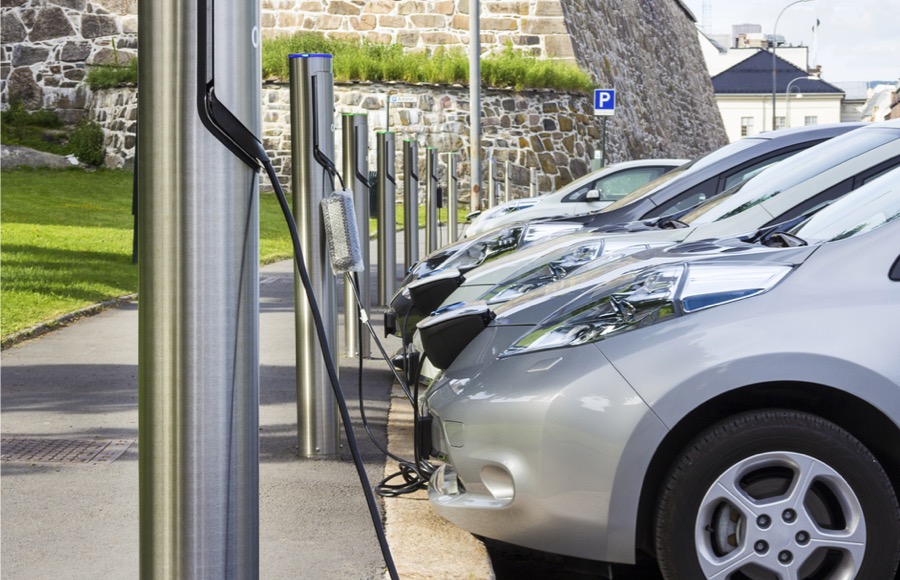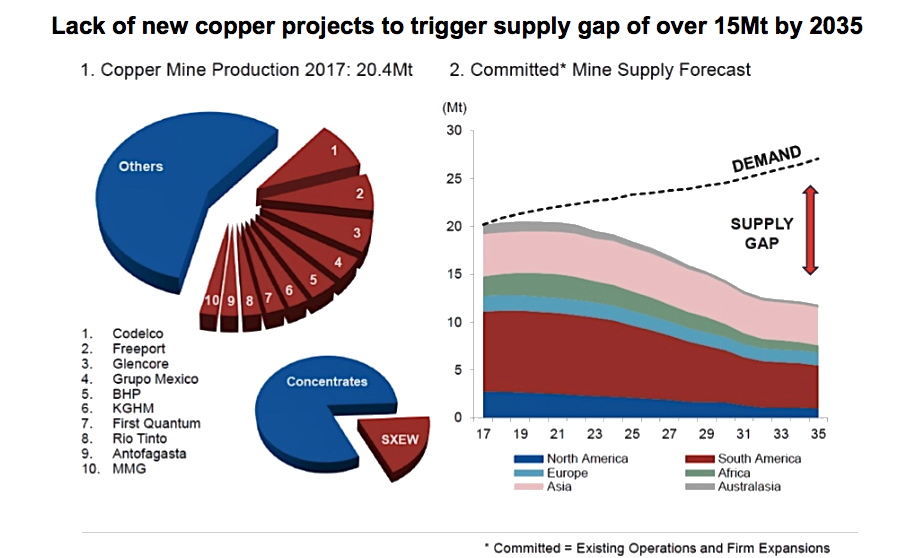
The number of electric vehicles (EVs) on roads worldwide is set to more than triple by the end of the decade, growing to 13 million from 3.7 million last year, the International Energy Agency (IEA) said Wednesday.
According to Paris-based institution, the total amount of electric cars, including battery-electric, plug-in hybrid electric and fuel cell electric passenger light-duty vehicles, increased by 57% in 2017 from the previous year. And China accounted for 40% of that growth, it said.
The agency said that while sales of those vehicles are expected to increase by 24% each year on average through to 2030 more research, policies and incentives are needed to drive further uptake.
Battery costs remain a major component of the current price tag for EVs, so financial incentives such as rebates, tax breaks or exemptions will be needed to support electric car deployment.
As a result, EA’s 22-year outlook leaves plenty of room for fossil fuel-powered vehicles. Forecasts put the world’s total car count at roughly 2 billion somewhere in the 2035 to 2040 window.
“Dynamic market uptake of electric vehicles has occurred in recent years,” the IEA said in a report.
“Ongoing support and commitments for increased deployment of EVs from policy makers and the automotive industry suggest that this trend is not going to abate in the coming decade,” it added.
Policies in place today will make China and Europe the biggest adopters, in the IEA’s view. In China, credits and subsidies will help EVs grow to account for more than a quarter of the car market by 2030. Meanwhile, tightening emissions standards and high fuel taxes in Europe will boost the vehicles to 23% of the market.
The impact of a massive adoption of EVs is nothing but positive for lithium, cobalt and copper producers, metals that are key ingredients in the rechargeable batteries that power electric vehicles as well as electronics from mobile phones to laptops.
Demand for those metals, the IEA and other industry experts say, could possibly rise tenfold, though some issues such as corruption and often poor working conditions for miners in DR Congo, the world’s largest cobalt producer, will need to be addressed first.
Copper, while no a battery metal per se, will markedly benefit from the expansion of the EVs market.
Data released by the International Copper Association (ICA), an industry-funded body, shows more than 40 million charging ports will be needed over the next decade, consuming an extra 100,000 tonnes of copper a year by 2027.
From those stations, at least 3 million will be built in China by 2030, according to the study.
Consumption from the car industry will also weigh on demand, but later. An average gasoline-powered car uses about 20 kg of copper, mainly as wiring. A hybrid needs about 40 kg and a fully electric car has roughly 80 kg of copper (176 pounds).
It means that, in the next decade, global copper demand will increase between 3 and 5 million tonnes, experts predict. Once electric vehicles become popular, they estimate demand to reach 11,000,000 tonnes of new copper for EV’s alone, with potential upside in other green technologies.

Graph courtesy of Hamish Sampson | Analyst at CRU’s Copper Team.
But even without considering the adoption of such technologies, experts believe global copper demand will surpass supply earlier than expected, with the first clear signs coming as early as next year.
The supply deficit could be of over 900,000 tonnes in 2021 and 2022, according to BMO Capital Markets, as supply growth slows due to deteriorating ore grades in major producing countries, lack of new significant discoveries and very low investment in exploration.
Comments
wandahalpert
While I agree with IEA’s research that Electric Vehicles are growing in use, I think it will be substantially higher than even they predict. With gas prices rising and anger at the Saudi’s grows, more and more of us will move to EV’s.